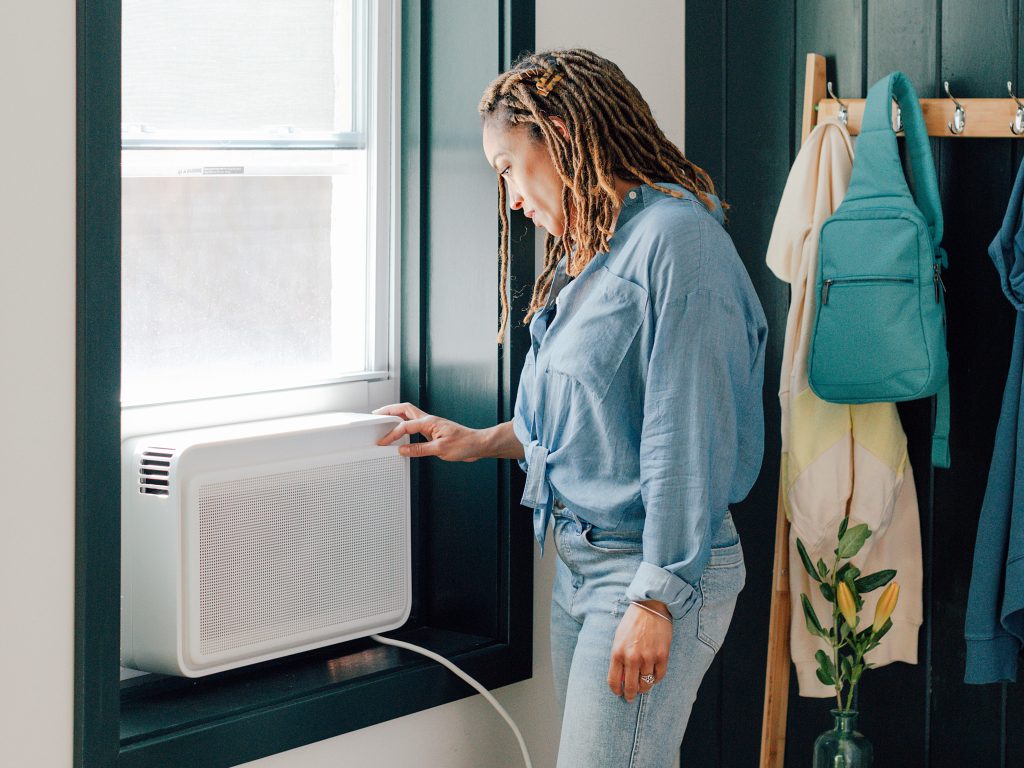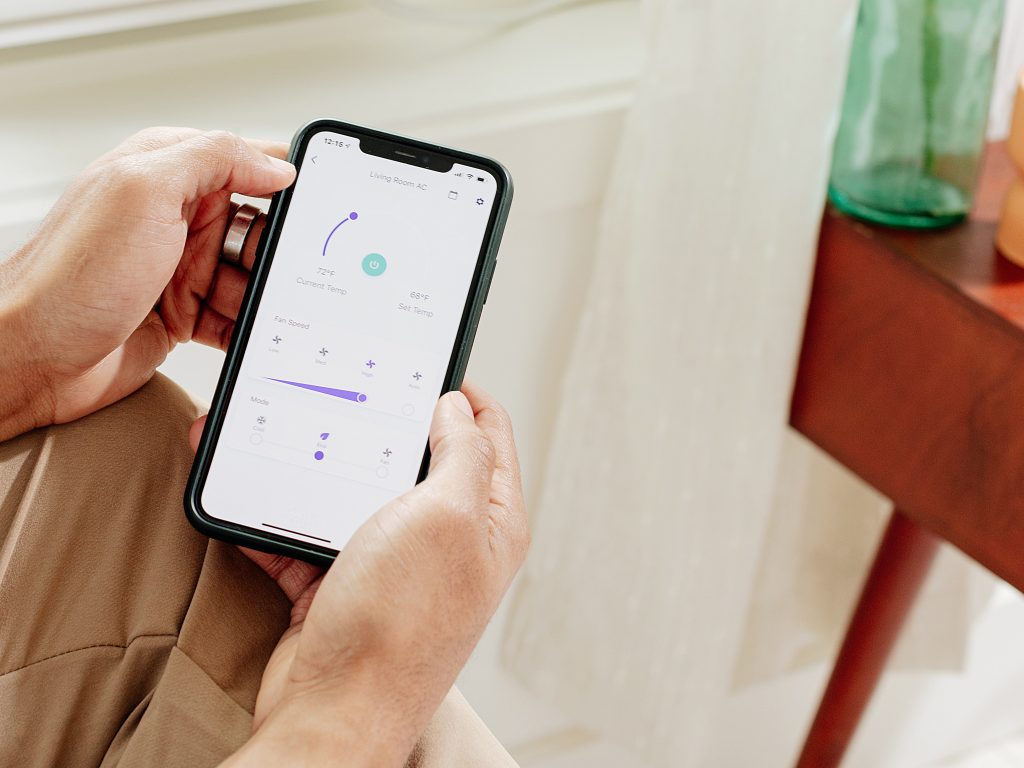Interview: Windmill Smart Air Conditioner CEO + Co-Founder Mike Mayer
Insight on the design-forward appliance that addresses air quality, energy consumption and efficiency

Whether through an industrial design lens or by a technical innovation angle, not much had happened regarding window air conditioning units until Windmill launched in 2020. In contrast to most AC brands, they did not buy a ready-made machine from one of the handful of factories that produce for most of the major players and slap a label on it. Instead, they designed, engineered and produced a sleek $395 unit from scratch—and went for direct-to-consumer sales
The successful startup did not reinvent refrigeration, though. They found the most efficient compressor, added a more eco-responsible refrigerant and optimized efficiency through airflow. The result, which we’ve experienced first-hand, is a quiet, high performing, design-driven and WiFi-connected device that cools quickly and offers dual filtration. When Windmill sold out of their initial batch of units last year—and developed a large waitlist—it validated not only their product but also their belief that people want a better air conditioner for a lot of reasons.

“My actual first memory of a window AC is when I moved to New York in 2015 and I needed a unit and I called my now co-founder Ryan, a mutual friend of my older brother (who is another co-founder) and Ryan came and brought new Friedrich units and installed them for me,” Windmill CEO and co-founder Mike Mayer tells us. “At the time, those were the best units and they were ugly and had airflow problems.” Mayer’s background had been in startups and his own experience with AC units helped lead him down this entrepreneurial path. His aforementioned friend and co-founder, Ryan Figlia (who they called Dr Cool), just so happened to be a third-generation AC engineer.

Prior to their 2020 launch, which saw them managing everything remotely—down to the placement of the machines in boxes at their factory—they started developing the idea in 2018. “At first we went on a two-month journey to find an industrial design firm that matched our values,” Mayer says. “We flew around the world to find the right partner. We knew we needed to make it really beautiful so that it blended into your home.”
They found SF-based studio Branch Creative and began to collaborate. “It’s not a square; it has curved edges. That makes the unit feel approachable—and a little breezy. But also it’s an appliance that needs to cool your home. It needs to feel intentional and sturdy. We went through a lot of concepts. Ultimately, what you see now is the blending of two concepts.” As they iterated, they also partnered with the engineering firm Spanner to develop the technology within.

“Then it was, ‘Can we actually make this?'” Mayer says. “We took it to the factory, who we are very, very close with—because our relationship with the factory goes back 20 years with my co-founder’s family. We were going back and forth every day for hours asking, ‘Can we do this?’ The reasons we were able to make this design happen with this technology is because of this relationship. There was no infrastructure already set there for this kind of product. We were making it all from scratch.”

When toying with the unit, one quickly notices that the air-jets do not go outward; instead, they project upward. This allows users in small apartments to sit quite close without being blown away. “We did a bunch of research before we even started industrial design because we wanted to understand what the problems were,” Mayer says. “One of the things we heard a lot of was, ‘It blows right in my face or onto my body when I’m trying to sleep.’ We wanted to explore ways that we could change the direction of the airflow in ways that no other unit has done. That’s where the curve solution came from.” This is all predicated on the knowledge that cold air drops and hot air rises—and that with the old units that blow at waist level, cold air reaches just a quarter of the room and then falls.

Windmill’s WiFi-connected app is more than an on/off switch. The intuitive interface allows for timers and temperature-reading. A family unit profile can be created in the app and many members can join in. “The app was always on our mind,” Mayer says. “An appliance today has to be smart. It has to fit into the smart home. And a surprising number of customers are using the app every day.”
In their suite of attributes, Windmill doesn’t shy with regard to customer support. “Even as important as the design is the customer experience,” Mayer concludes. “No other appliance company has everything from large illustrations on how to install to live chat on the website. If there’s an issue, we can solve product problems in the same day. To me, Windmill is just as much about the customer experience. And moving forward, we do not want to be an air conditioning company, we think of ourselves more as an air care company and there are more areas we will be playing in.” With these support systems in place and carbon offsetting programs underway, they really aren’t like any other air conditioning brand.
Images courtesy of Windmill











